- 25% off -
- Our Sale Ends in:
Days :
Hours :
Minutes :
Seconds

Career-Based Complete Data Science Training: Algorithms, Statistics, Python, Advanced Statistics in Python, Machine & Deep Learning
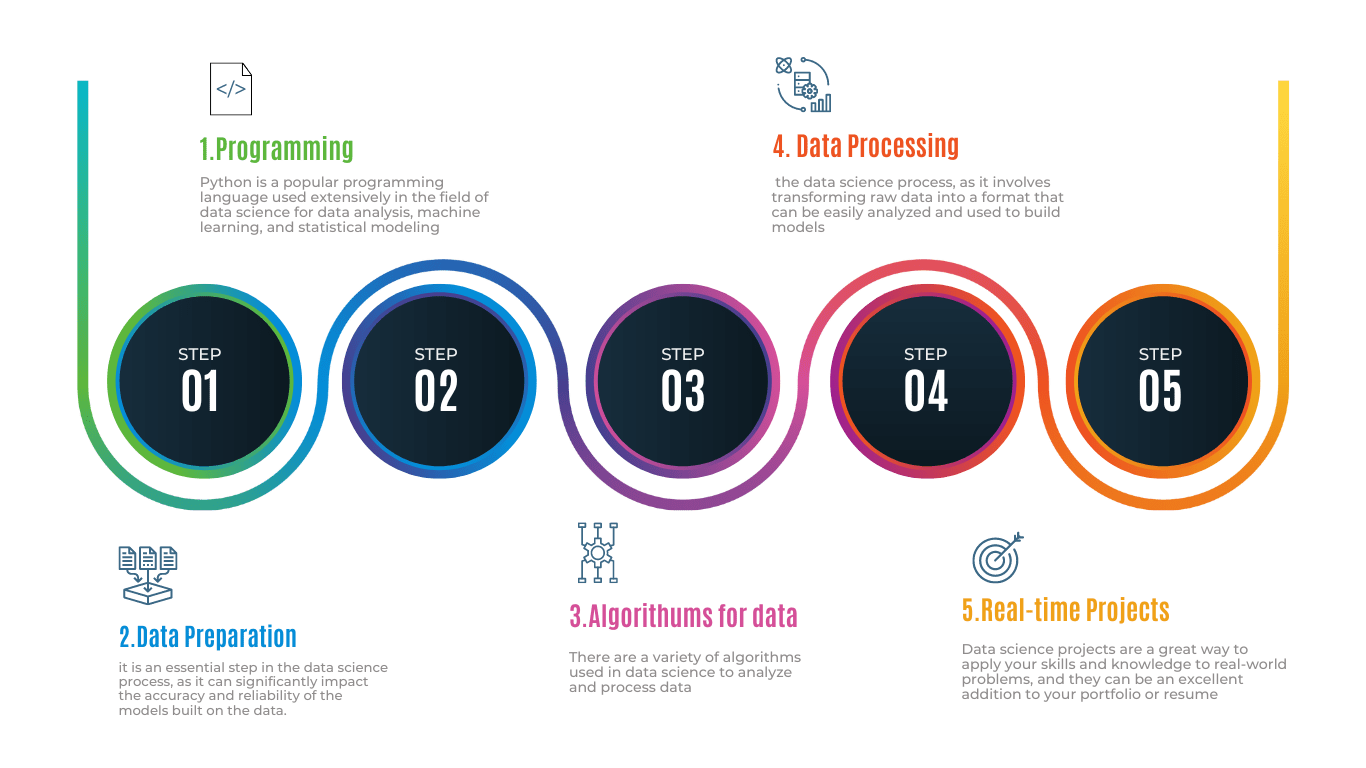
✓ Perform OOPS Concepts in Python
✓ Carry out cluster and factor analysis
✓ Be able to understand Machine Learning algorithms NumPy, stats models, and sci-kit-learn
✓ Apply your skills to real-life cases & examples
✓ The course provides the entire Knowledge data science
✓ Fill up your resume with in-demand data science tools & skills
Python programming with NumPy, pandas, matplotlib, and Seaborn,
Advanced statistical analysis tools: Tableau, stats models and scikit-learn, and TensorFlow
✓ Understand the mathematics behind Machine Learning
✓ Deep Learning frameworks: Google’s TensorFlow & Keras
✓ Develop coding and solving tasks with Algorithms
✓ Unfold the power of deep neural networks
✓ Improve Machine Learning algorithms: studying underfitting, overfitting, training, validation, & testing
✓ apply everything real-life situations

The course provides the entire Knowledge you need to become a data scientist Fill up your resume with in-demand data science tools & skills: Statistical analysis, Python programming with NumPy, pandas, matplotlib, and Seaborn, Advanced statistical analysis, Tableau, Machine Learning with stats models and sci-kit-learn, Deep Learning with TensorFlow
> Essential Python concepts for Data science
> Data types, variables, loops, and functions
> Data manipulation Llibraries NumPy and Pandas
> Visualize Data Llibraries: Matplotlib and Seaborn
> Visualize Data using Tools Tableau and Power bi
> Machine learning with Python Supervised, Unsupervised Reinforcement Learning
> Techniques and data analysis and Data storytelling
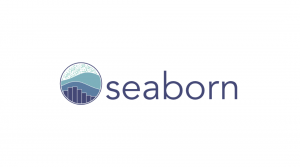
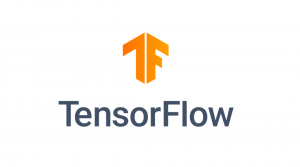
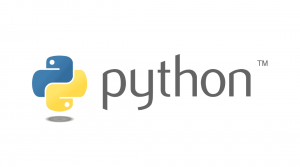
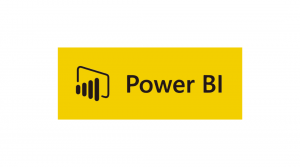
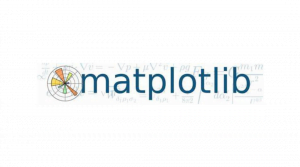
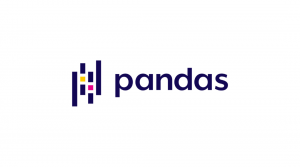
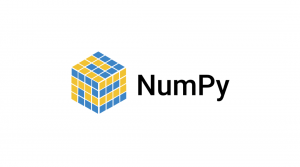
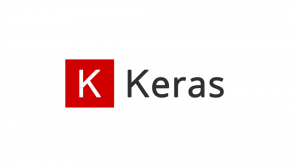
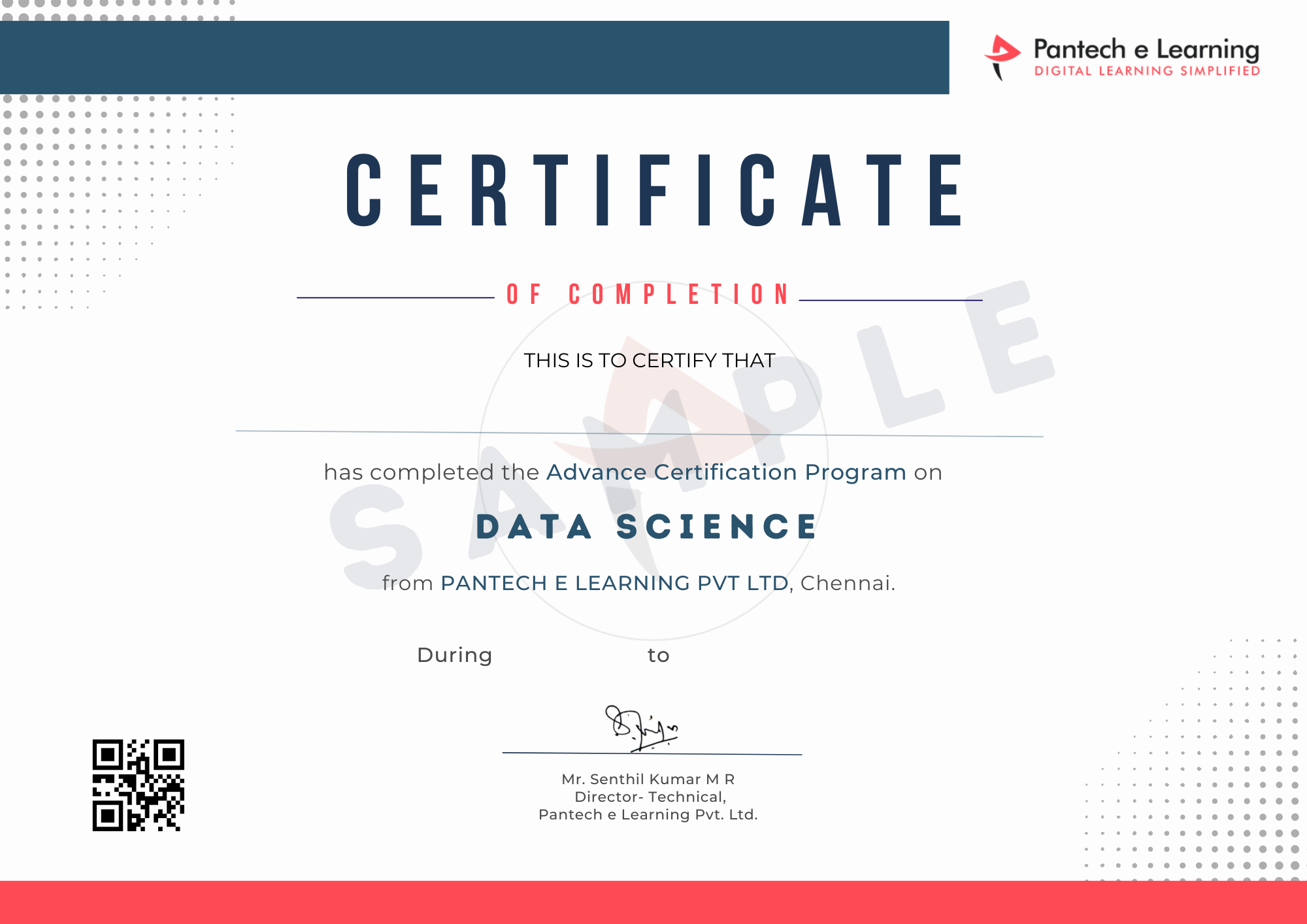
The course provides the entire Knowledge you need to become a data scientist Fill up your resume with in-demand data science tools & skills: Statistical analysis, Python programming with NumPy, pandas, matplotlib, and Seaborn, Advanced statistical analysis, Tableau, Machine Learning with stats models and sci-kit-learn, Deep Learning with TensorFlow



Data science is an interdisciplinary field that combines statistical analysis, computer science, and domain expertise to extract insights and knowledge from data.
Basic knowledge of statistics, programming, and mathematics is usually recommended.
The time it takes to learn data science can vary depending on your background and the amount of time you can devote to learning. Some courses offer a certificate after completing around 10-12 weeks of study, while others may take several months or even a year to complete.
Python and R are the two most commonly used programming languages in data science
While having a degree in data science or a related field can be helpful, it is not always necessary. Many data scientists come from diverse backgrounds such as computer science, mathematics, or statistics.
opular tools in data science include Python libraries such as Pandas, NumPy, and Scikit-learn, and data visualization tools such as Tableau and Power BI.
Common job titles in data science include data analyst, data scientist, machine learning engineer, and business intelligence analyst.
Earning potential for a data scientist can vary depending on location, industry, and level of experience. According to Glassdoor, the national average salary for a data scientist in the United States is around $113,000 per year.
To get started in data science, it’s recommended to begin by taking an online course, building a portfolio of projects, and networking with professionals in the field. It’s also important to continue learning and staying up-to-date with new technologies and trends.
© pantech e learning 2023